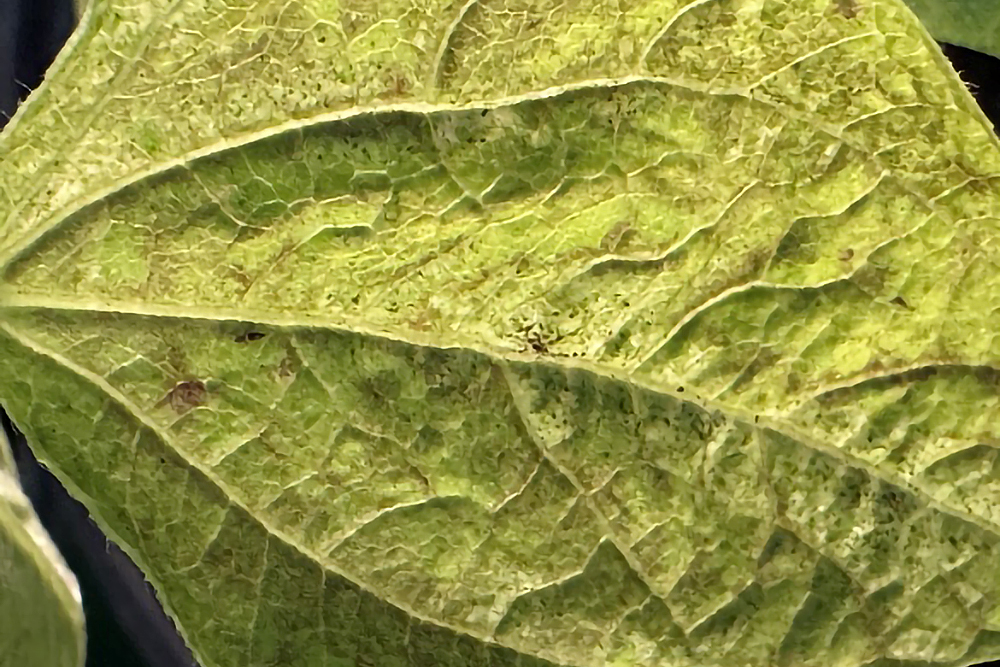By Brad Haire
University of Georgia
You’re sitting comfortably in a commercial airliner flying
through clear blue skies. The flight attendant bends down to
hand you a drink, and suddenly the plane jolts. The drink spills
in your lap. What just happened?
Clear-air turbulence (CAT) is a phenomenon that has baffled the
aviation industry for more than a half century, said John Knox,
an associate research scientist with the University of Georgia
College of Agricultural and Environmental Sciences.
But he’s starting to find some answers to the mystery.
Airborne potholes
Even if you haven’t flown in a plane before, no doubt you’ve
heard people speak of experiencing turbulence during a flight.
“It’s kind of like hitting a giant airborne pothole,” said Knox,
who studies atmospheric conditions. It can be scary at the least
or cause injury to fliers.
Due to reroutes, cancellations or damage, turbulence costs the
aviation industry an estimated $100 million and more than 300
injuries a year. It’s caused by the up-and-down motions of the
air a plane flies through.
“Air waves in the atmosphere are like the waves in the ocean or
in a pond,” Knox said. “When a plane flies through the waves,
the tail can get lifted in the crest and nose caught down in the
trough. (The plane) gets bumped around.”
Highs and lows
Turbulence is most often caused by weather activity around
thunderstorms, which are usually associated with low pressure
systems in the atmosphere.
It’s easier to predict this type of turbulence, he said.
Forecasters can see or predict with relative accuracy where
thunderstorms might develop. A pilot can fly around storms or be
prepared for turbulence when flying through a low pressure
region.
But turbulence can also happen out of the blue in clear skies.
Sometimes it’s caused by high pressure systems.
“Predicting turbulence in clear skies is much more tricky,” he
said, “because there are no visible signs.”
The primary suspect for CAT, he said, has been a kind of
atmospheric motion known as gravity waves, which can move
through clear skies as easily as through cloudy ones.
Two types of gravity waves are those caused by winds blowing
over mountains and those created by sharp changes in wind speeds
near low pressure fronts.
Gravity waves do contribute to CAT, he said. But CAT has jostled
planes far away from mountains and fronts, too.
Instability
Though high pressure systems are usually associated with clear
skies, they can still cause quite a disturbance in the
atmosphere. Winds in a high pressure system turn in a radius. If
the system grows stronger, those winds can turn faster and
tighter and cause what is known as inertial instability, he
said.
“This instability is not well known in the aviation forecasting
community,” he said. But it could be the cause of certain kinds
of CAT.
For the near future, CAT will still startle pilots and air
travelers. But Knox feels he is one step closer to putting the
puzzle together.
If you throw a rock into a still pond and you see where the rock
hits the water and you know how waves behave, you can predict
how and where the waves will release from the initial impact
point of the rock.
“We think we know the waves,” he said. “We just need to know
more about the rocks and how many there are.”
Knox hopes his research leads to computer models that can help
aviation forecasters better predict CAT.




